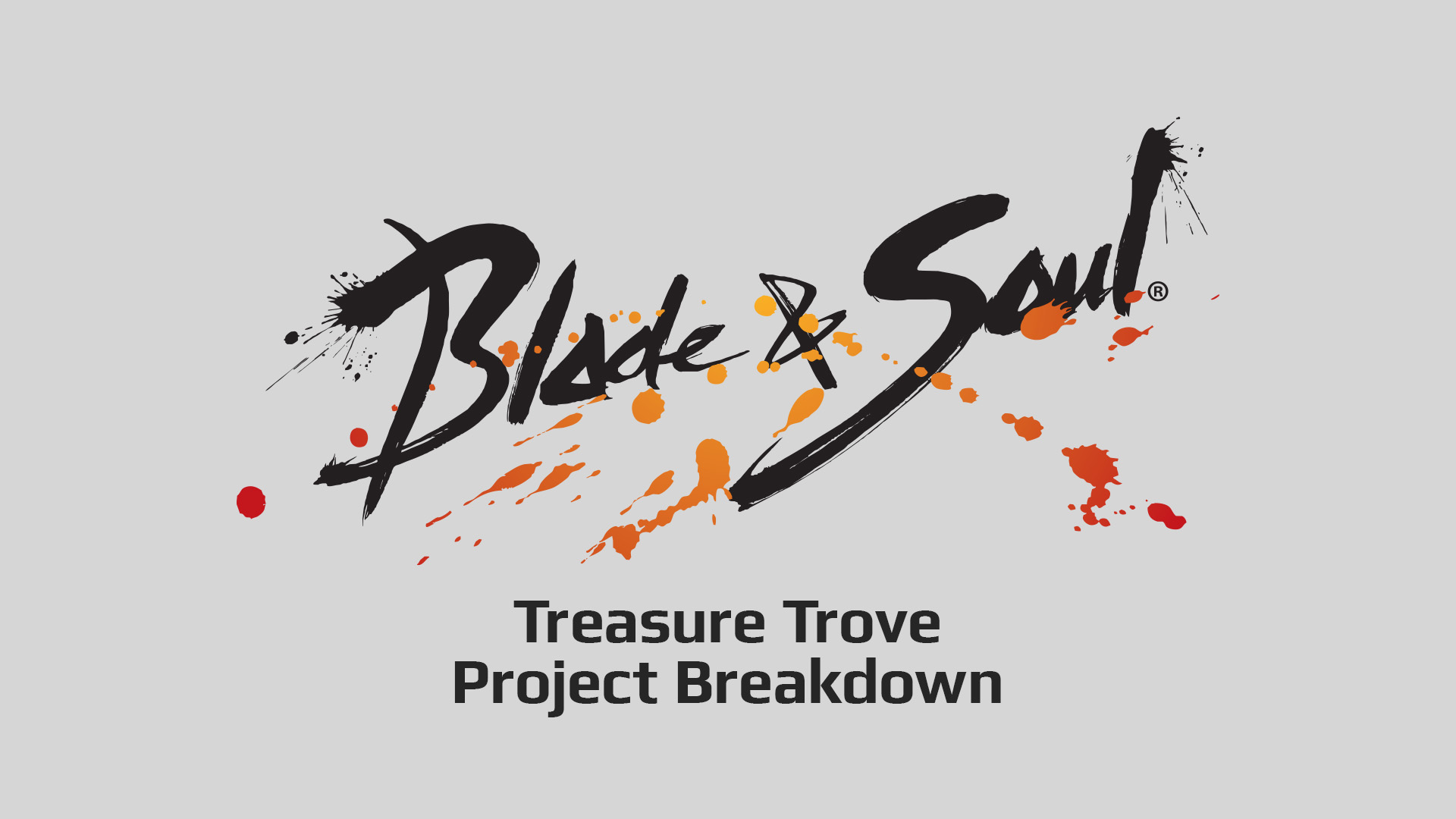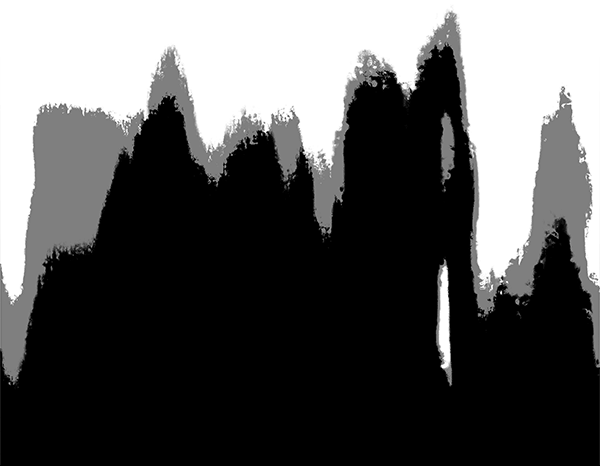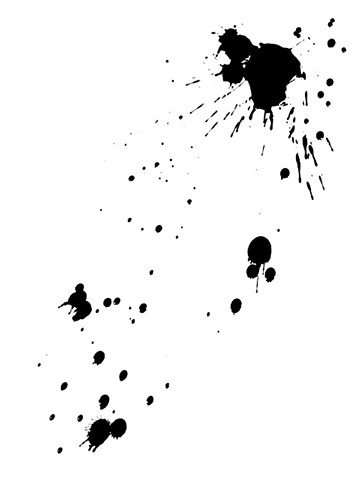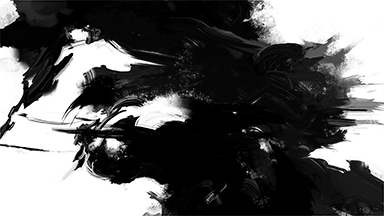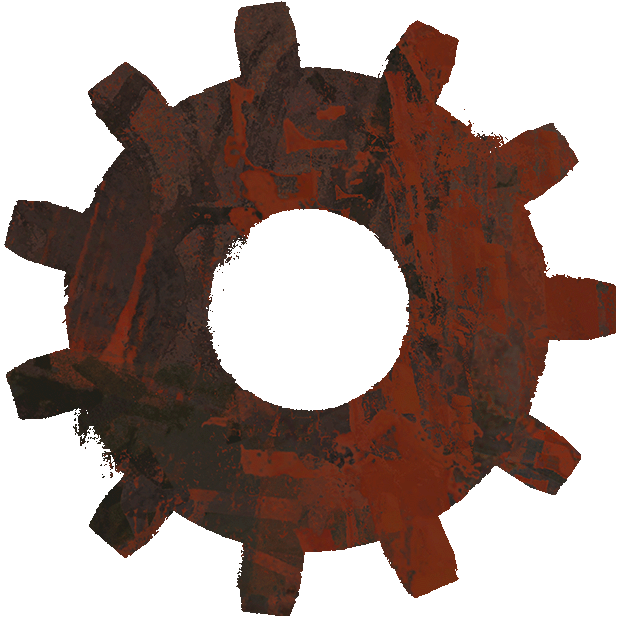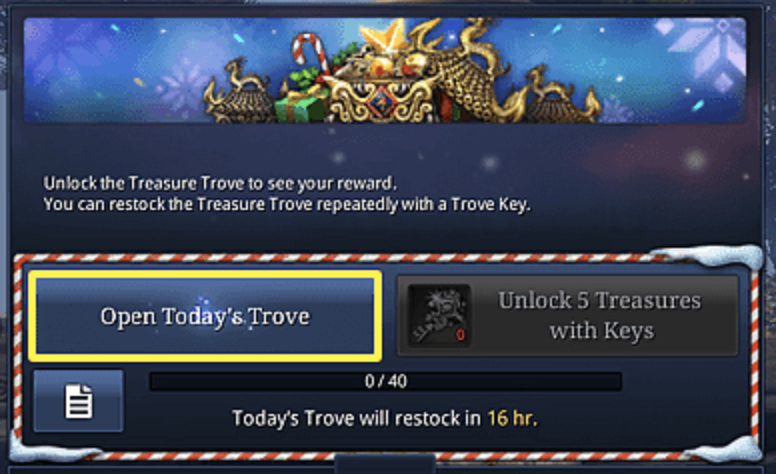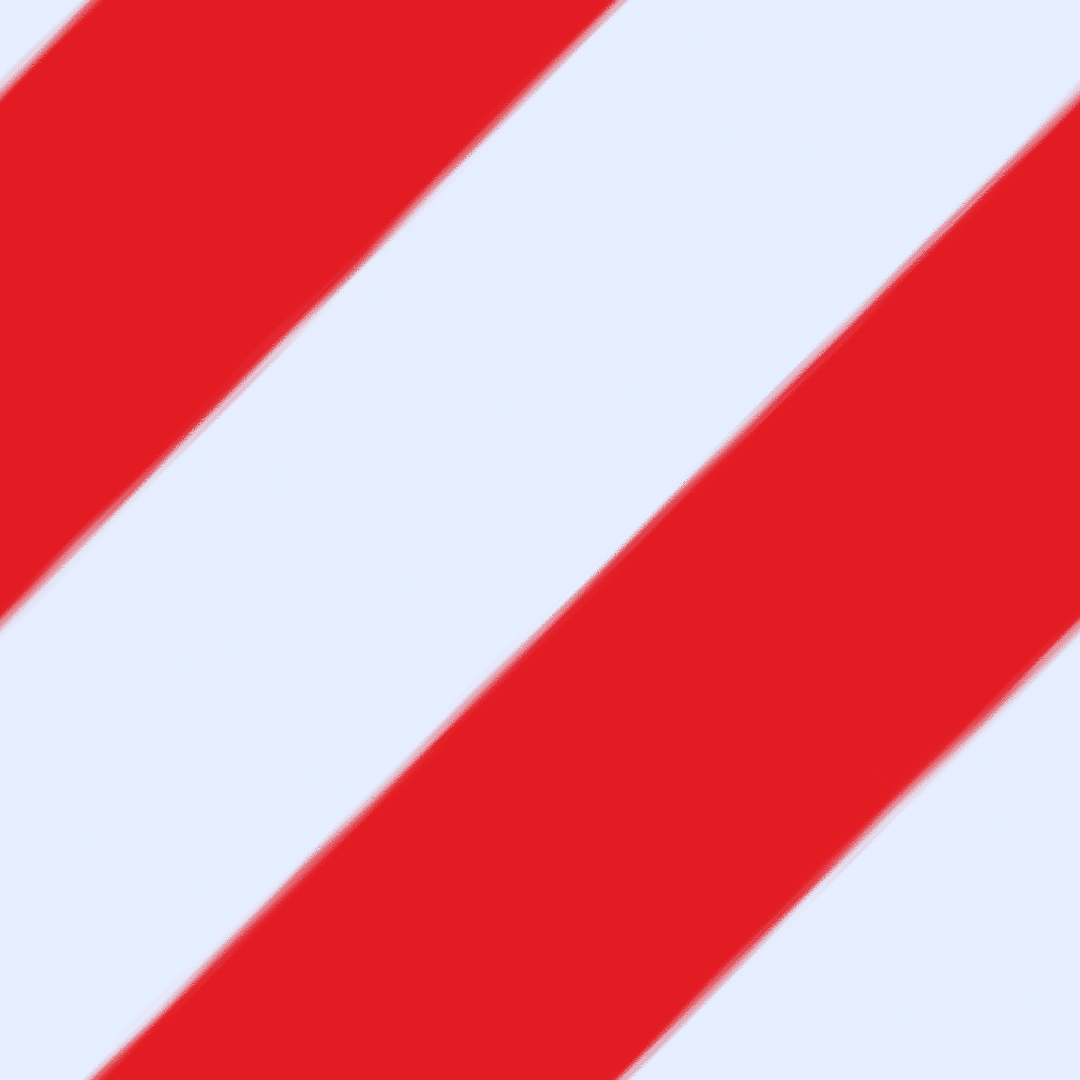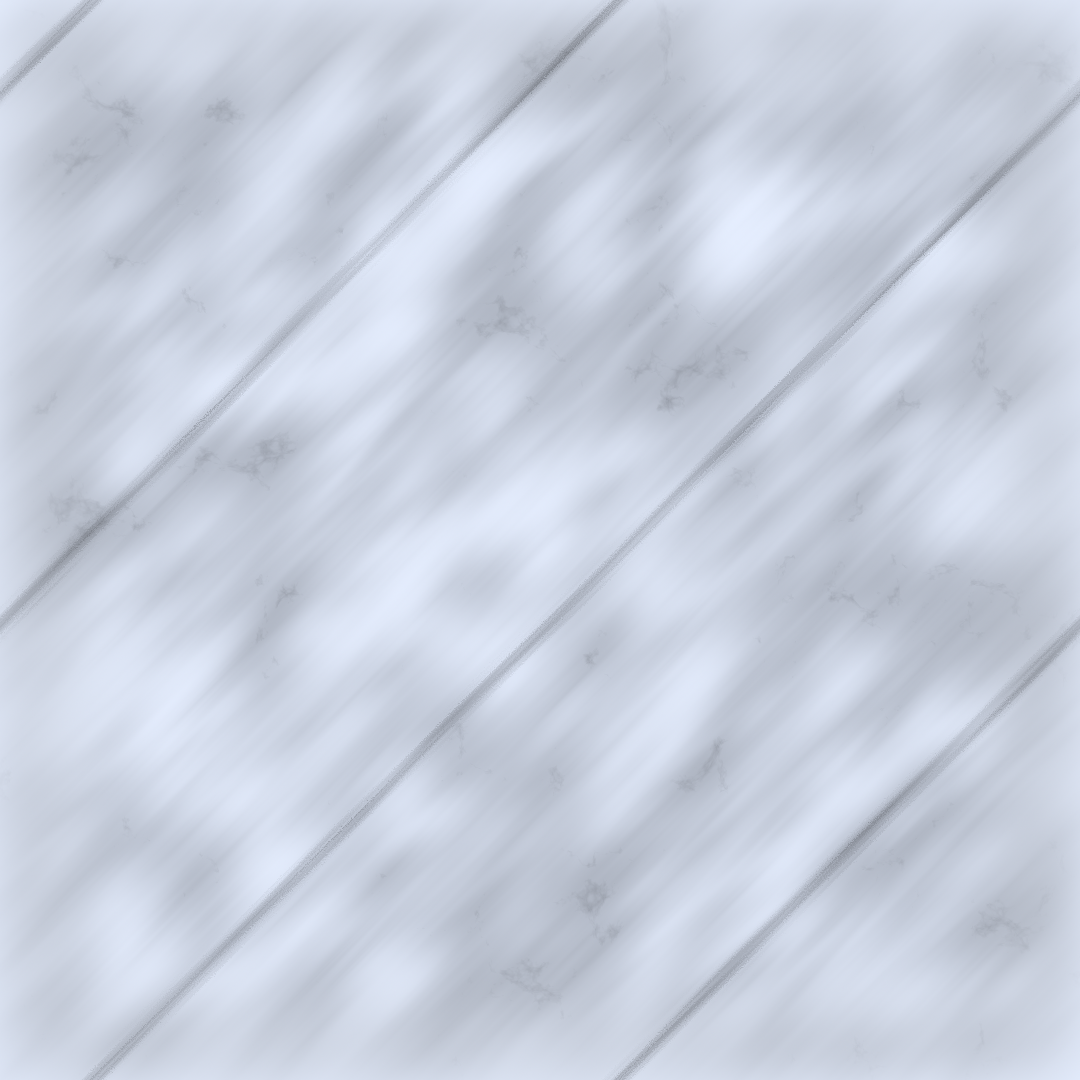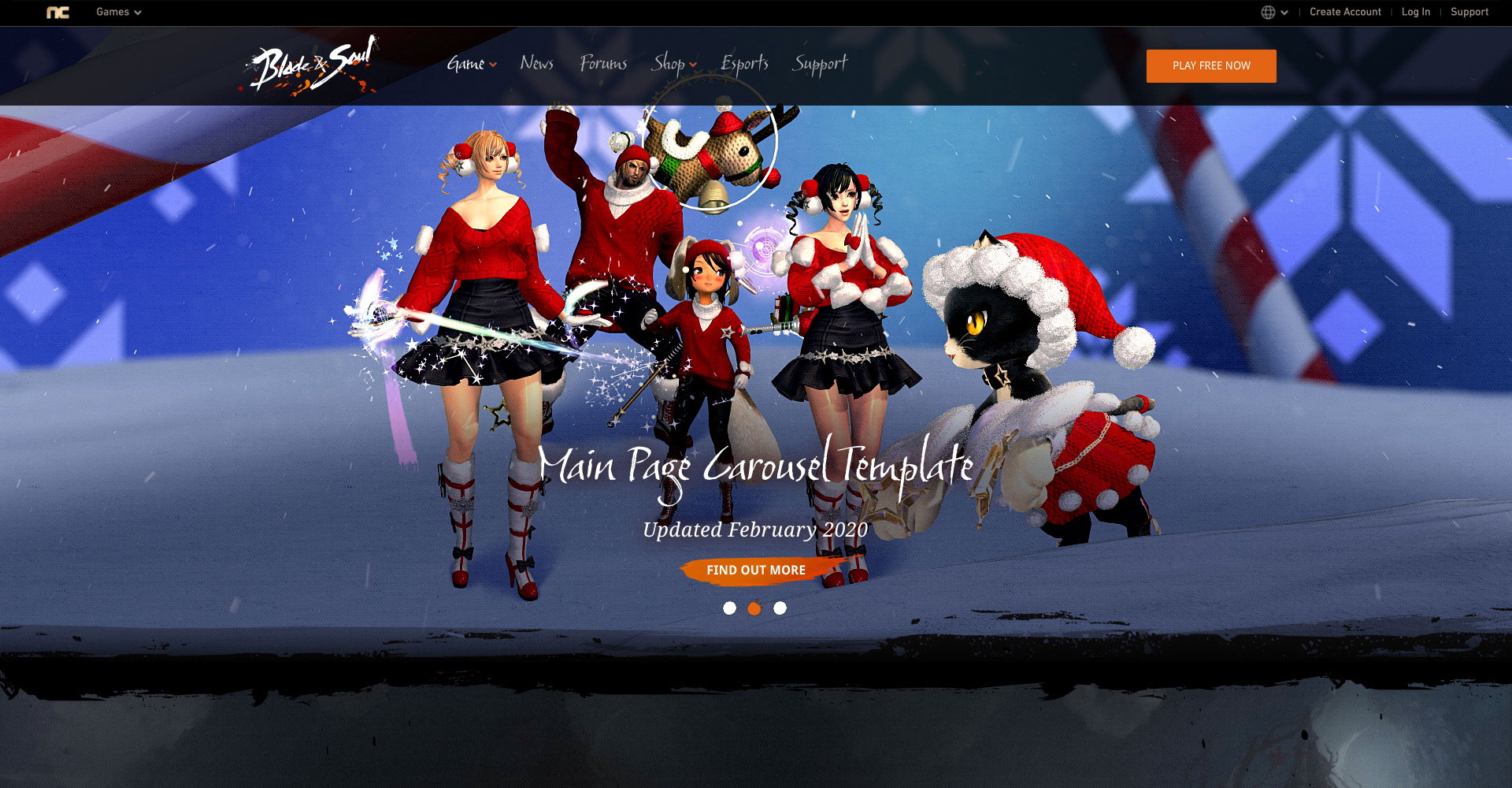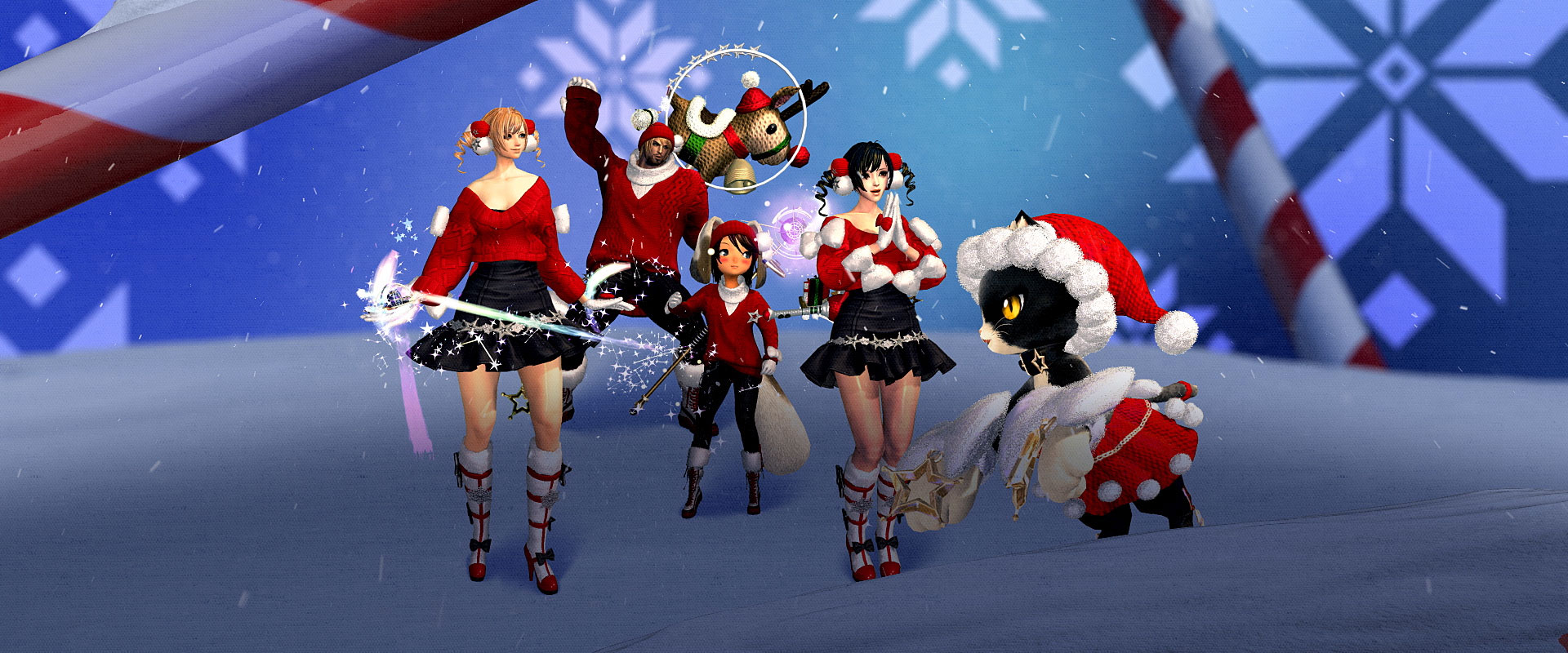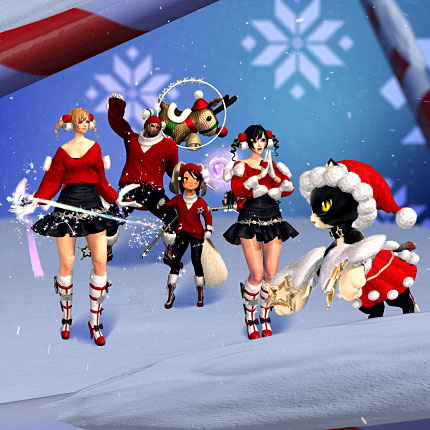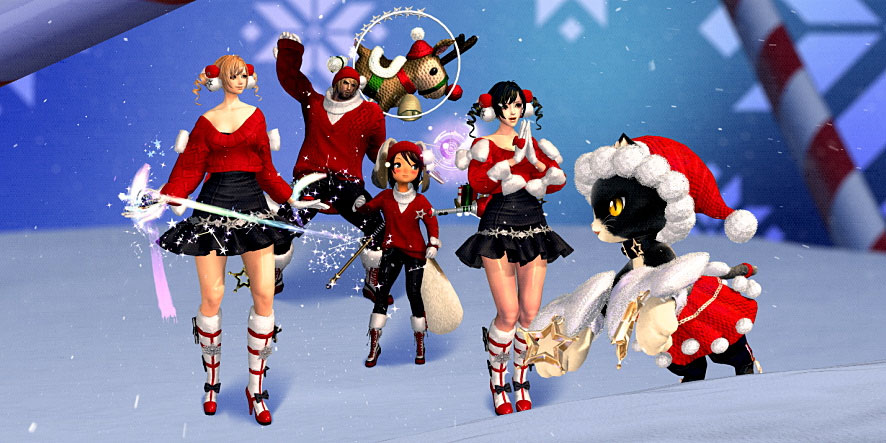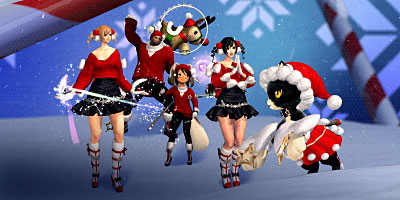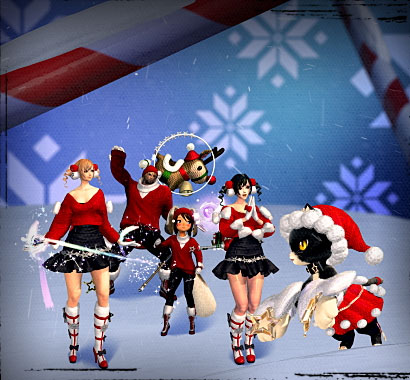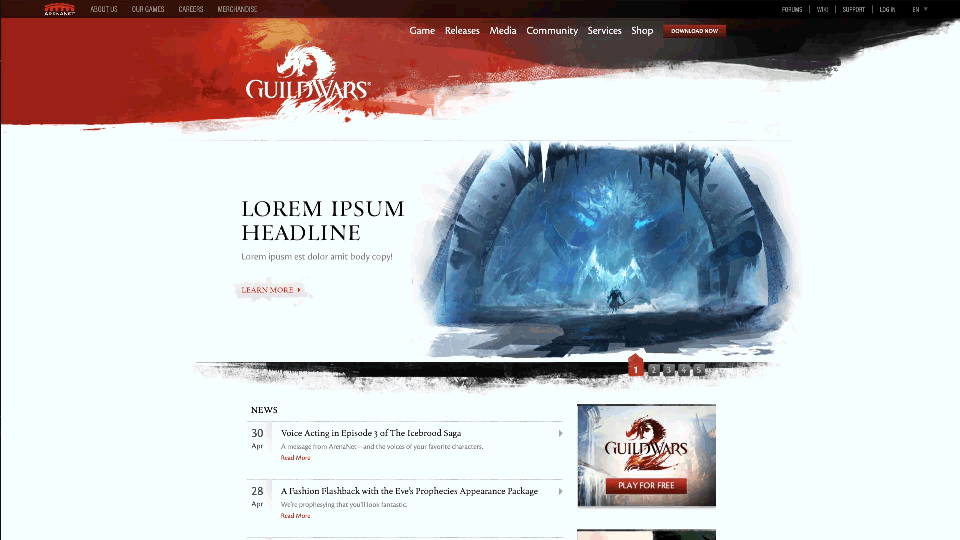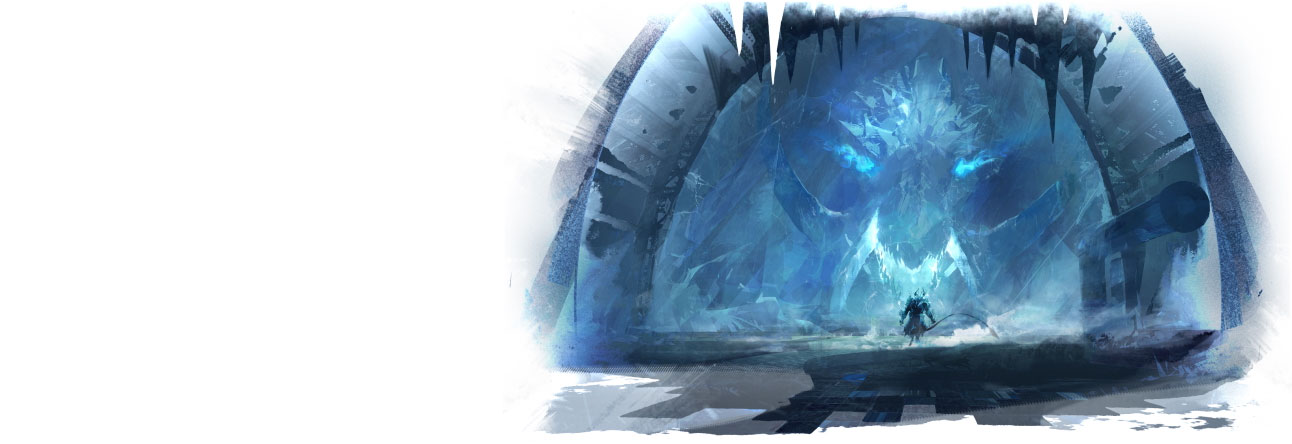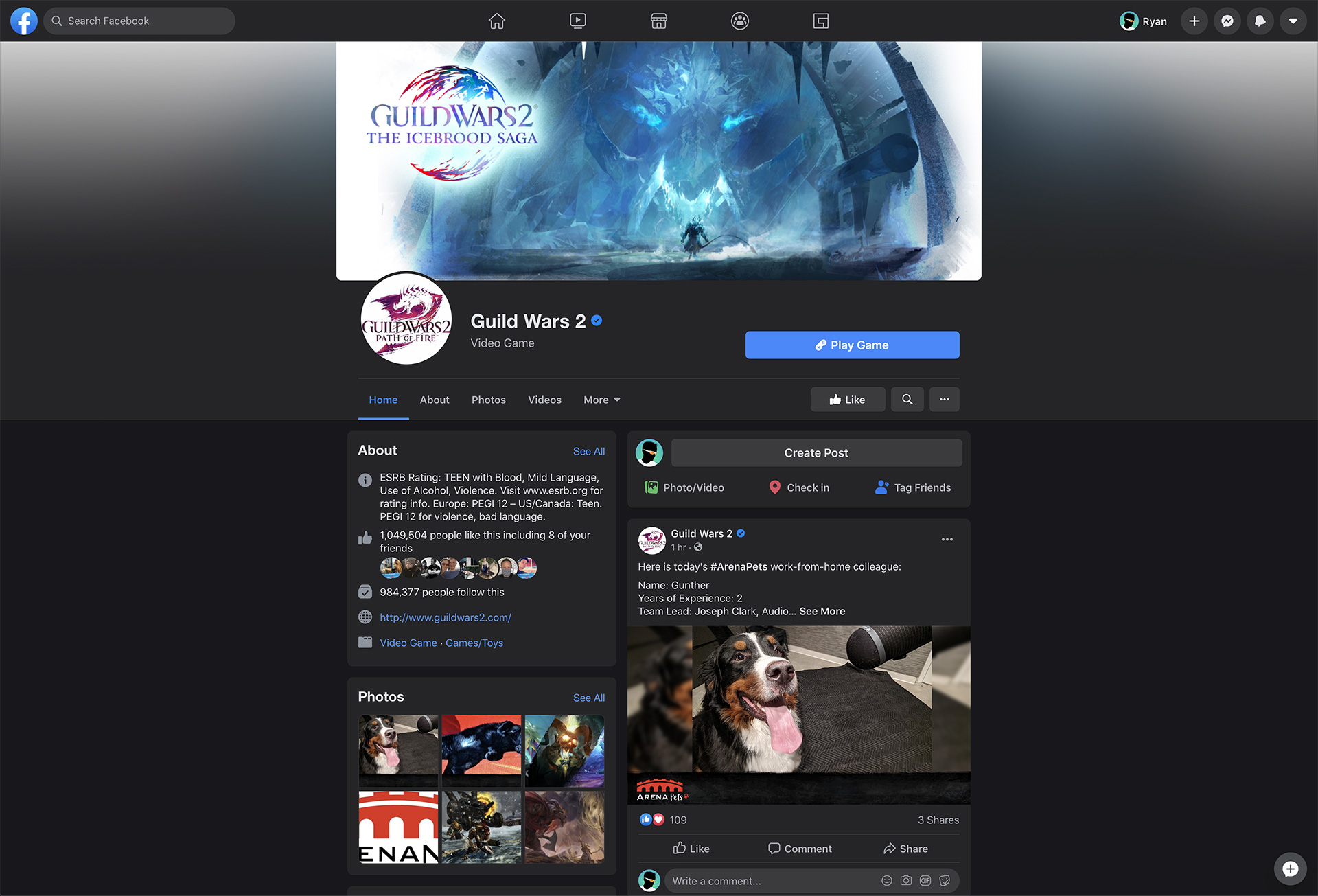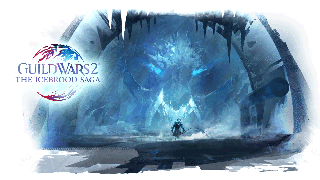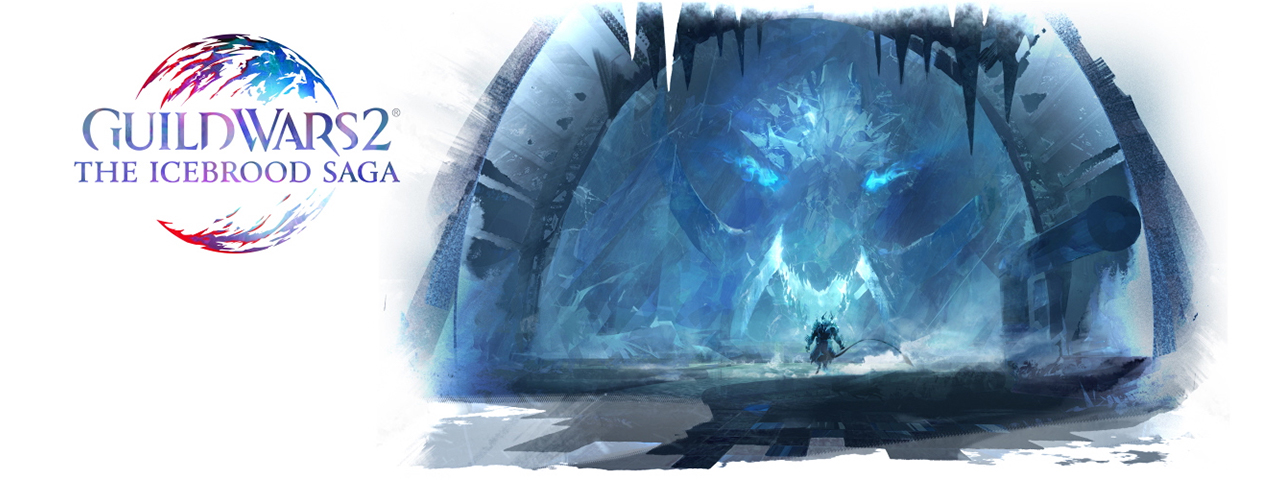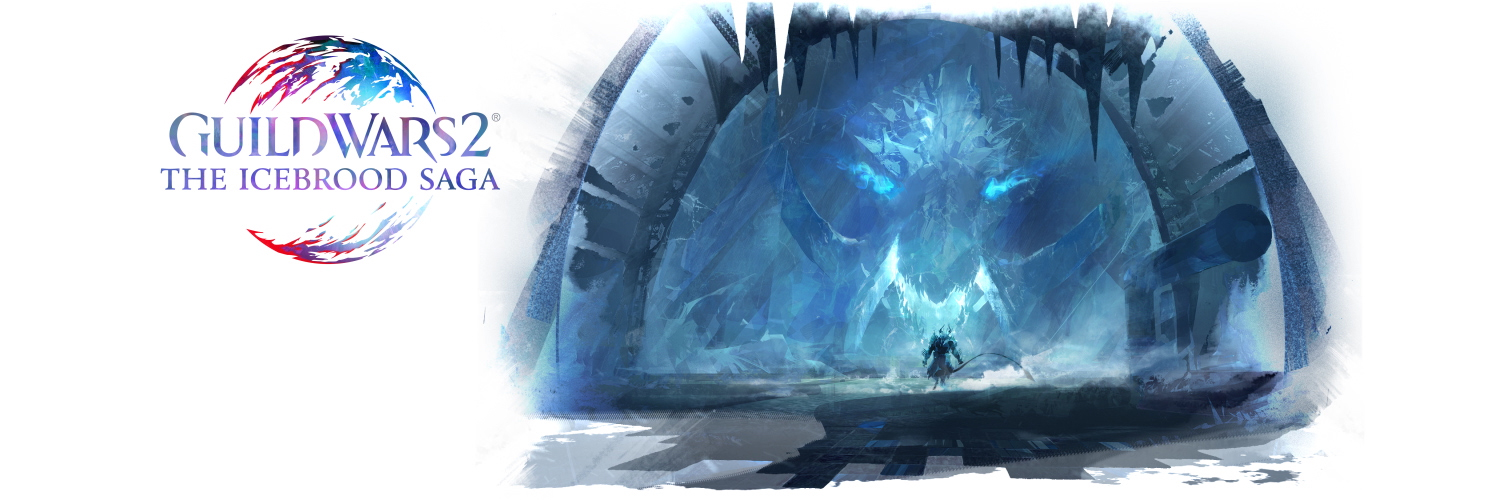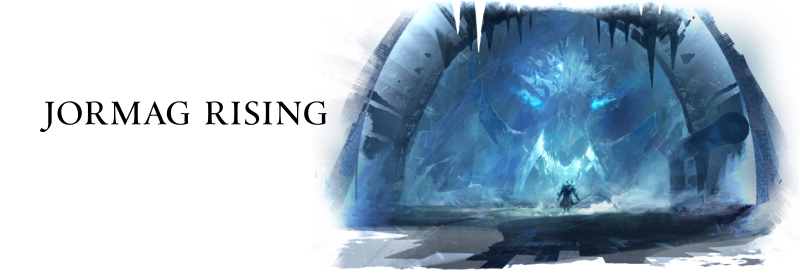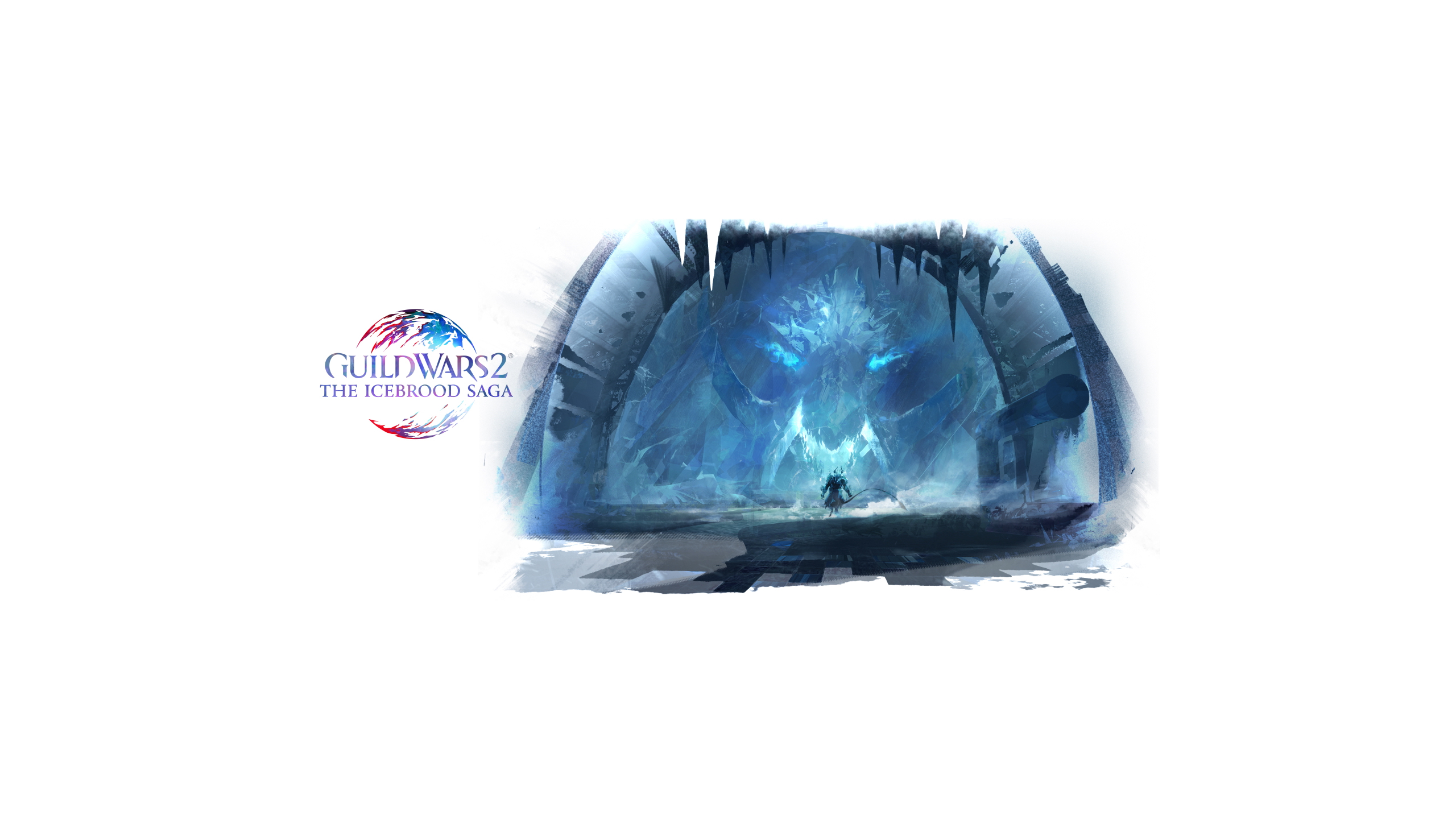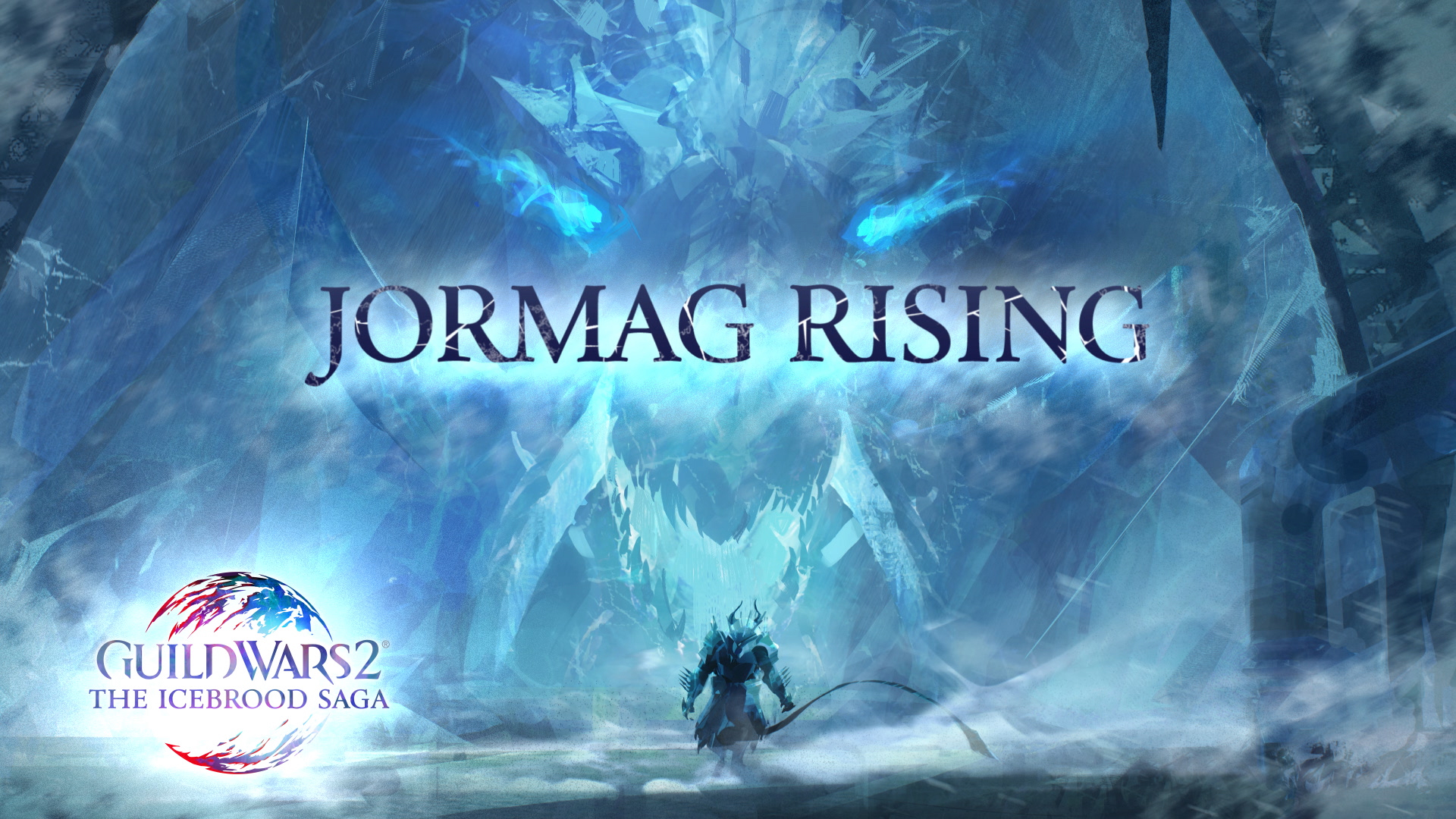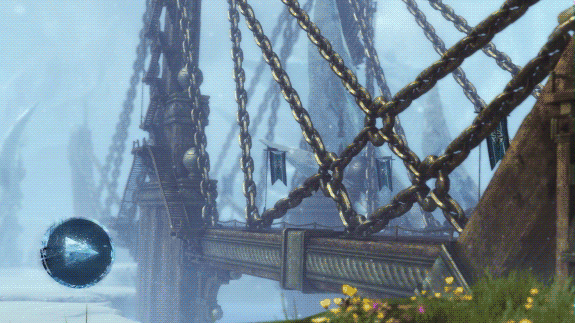Guild Wars 2: Clockwork Chaos Project Breakdown
Here is a detailed breakdown of everything that went into the Clockwork Chaos logo design and animation. I will also cover the text slates for the video.
Clockwork Chaos was a rerelease of an old in-game event. The brand team wanted a refreshed announcement including a logo animation for the new video.
Before any animation could be done, I needed to upscale the logos. What was provided were some old website banners. They couldn’t find the original design files. The logo on the banner was no bigger than 350×160 pixels.
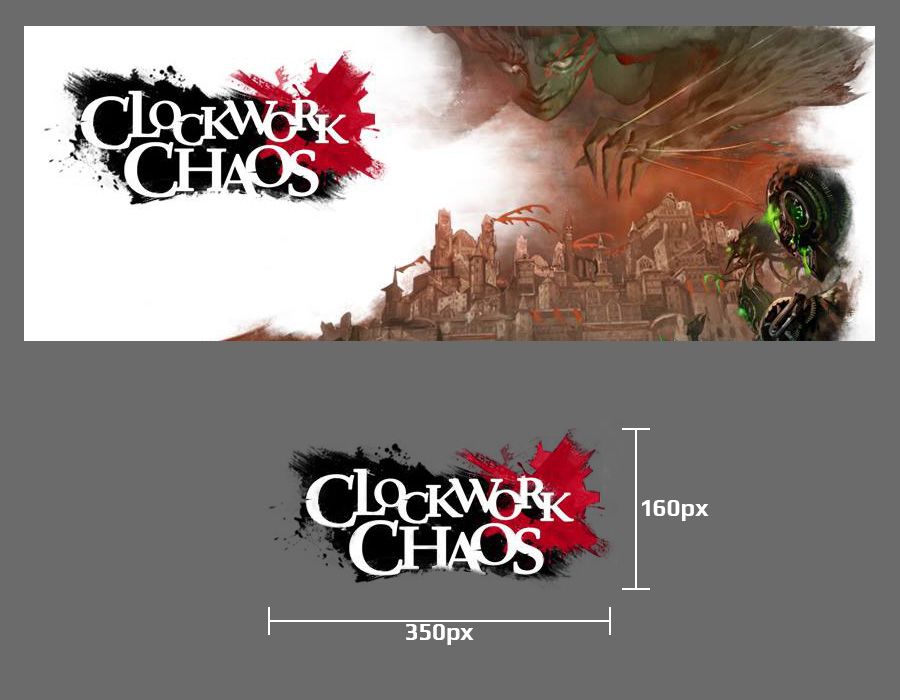
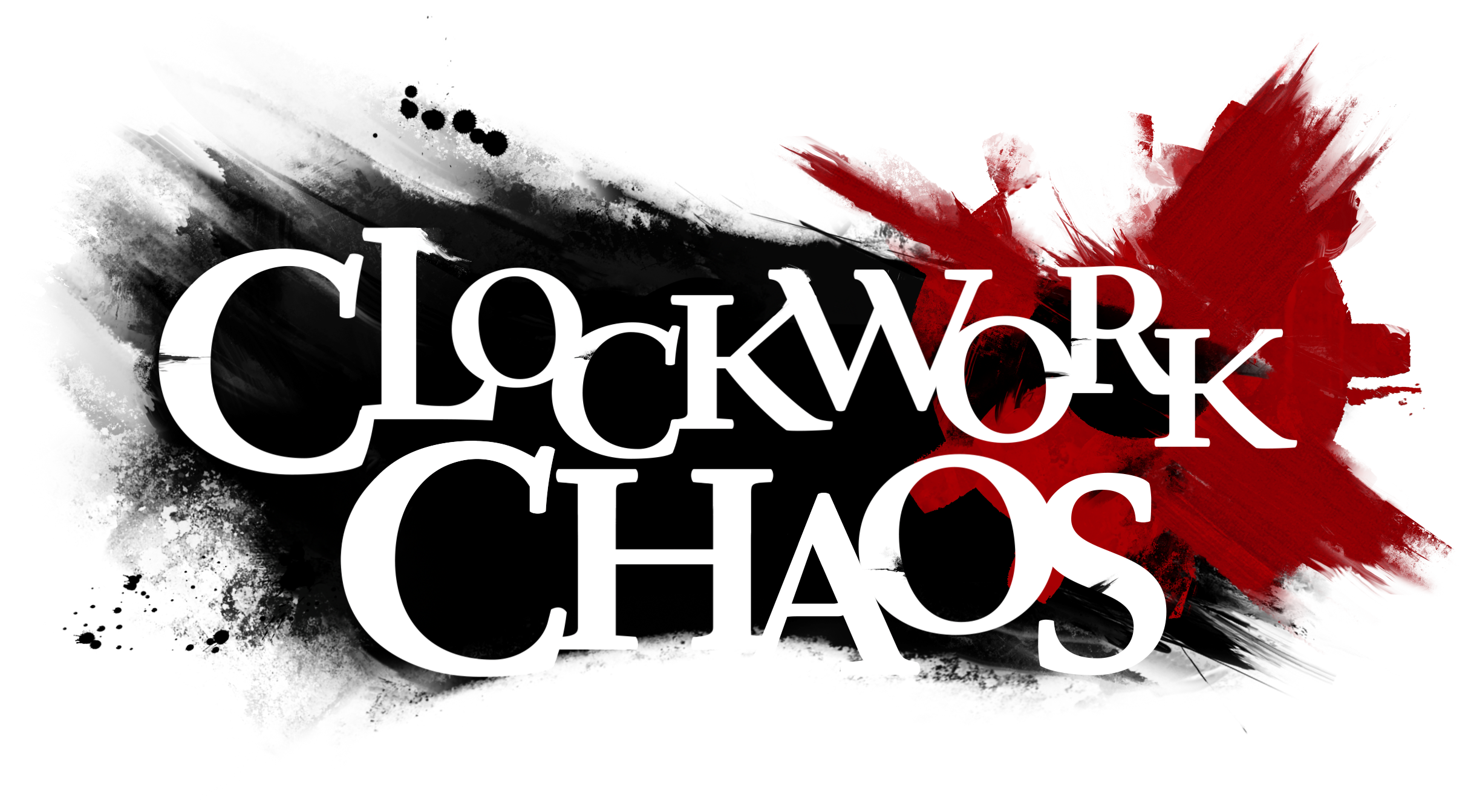
I used some paint assets provided by ArenaNet and redesigned the old logos at a much larger scale. Once I had the English version, adjusting it for the other languages was relatively easy.
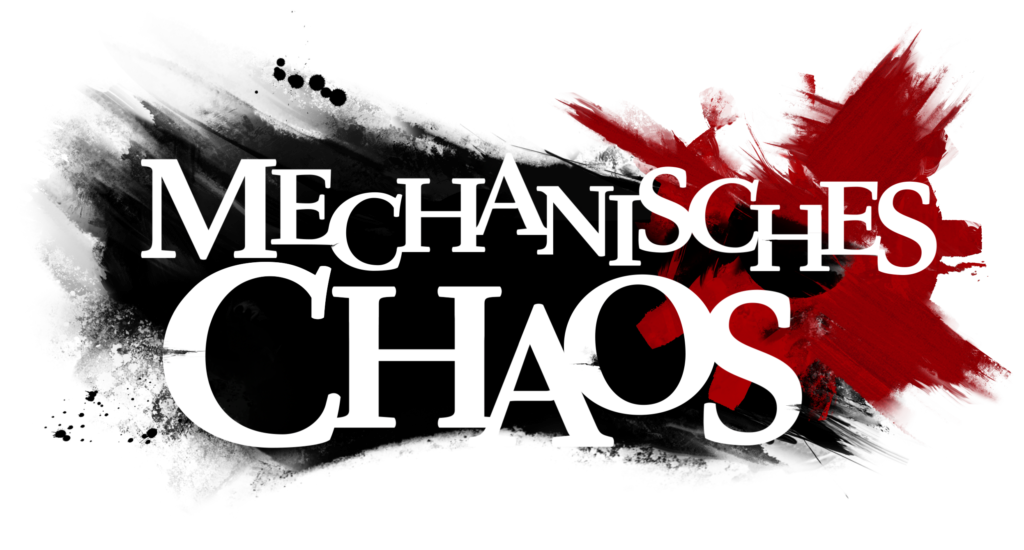

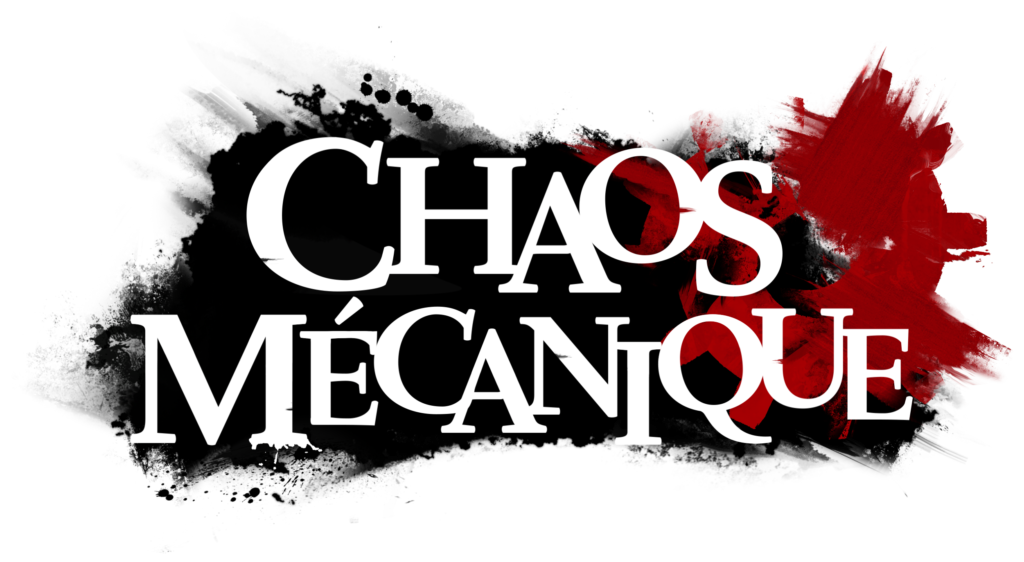
Knowing I had an animation to do also meant I left myself plenty of layers in the new design to have flexibility in the animation.
With all these layers, I was able to get a lot of elements moving in different directions giving the feeling of chaos. This was especially helpful when working on the text slates for the video.
I was working with a rough cut of the final video. With this, I timed the rotation of the cogs to the ticking sounds in the edit.
As the video continues, the ticking sounds get more intense. For every text slate, I added more cogs to the background. With more speed and more cogs, it starts to resemble the chaotic inner workings of a clock.
I am very proud of where everything ended up. The teamwork involved in getting this project to completion was gratifying.
There are some parts to the logo animation I would do a little differently now, but no artistic project is ever really finished.
You can view the full video here.
Blade & Soul: Treasure Trove Project Breakdown
Here we will look at my process when working on a Blade & Soul project. Blade & Soul was my main focus at NCSOFT. Treasure Troves were a quarterly event in-game where the players could purchase keys for a chance to win cosmetics and upgrades for their characters. My task was to create banners to promote the event and showcase some of the top prizes.
For Blade & Soul, I had a master template that I used for every project. I liked to do most of the designing in After Effects. I had a precomp I used as my main design composition (1080 Comp) that would be auto-populated into the needed outputs. Any outputs not required for a specific project would get thrown in the “Unused” folder. Sometimes they would get requested after the initial delivery. I learned to keep them in reserve just in case.
Using this template, I could finish most Blade & Soul projects in less than a day. Saving a significant amount of time on design iterations I was able to focus on being a bit more creative on higher-priority projects. The Treasure Troves were the biggest money-maker events for Blade & Soul.
Since the Troves were quarterly, they each had their own aesthetic. Cherry blossoms (spring), tropical leaves (summer), autumn leaves (fall), and snowy candy canes (winter). For this breakdown, I will be focusing on the winter “Holiday Treasure Trove”.
Before the following design, the theme of the banners were always generic winter. They would blend in with all the other winter themed banners. I proposed theming the design more specifically to the event to set it apart.
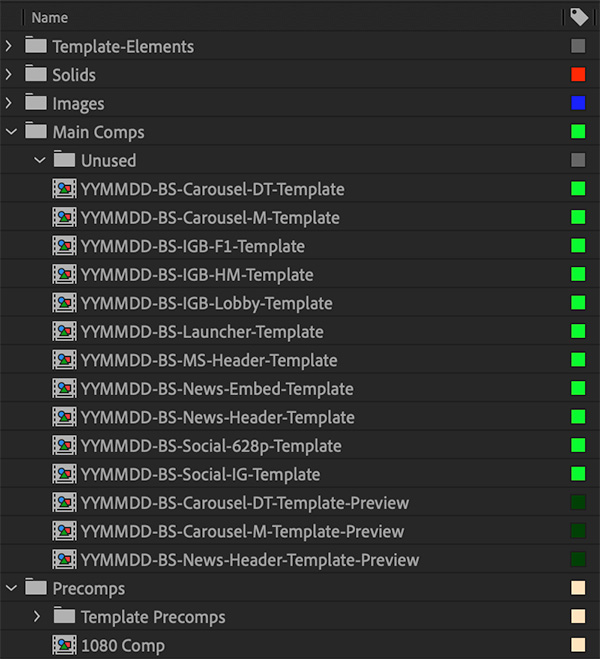
Looking at the in-game UI, there is a snow-covered candy cane frame and some geometric flakes in the background. I recreated the geometric flake as well as candy cane texture and bump maps to use on some simple cylinders in Element 3D (an After Effects 3rd party plugin). I built the entire environment in Element 3D using premade 3D assets and simple shapes.
I was in charge of capturing my own footage for Blade & Soul. I would think about how I wanted the characters to interact and or be placed in the scene. I would capture them doing several emotes over a green background using developer tools.

Once I had my environment built and characters captured, I could composite them together in the scene.
The goal for Trove banners is to show as much as possible. There are 4 races in Blade & Soul. So the brand team wanted them all represented wearing the costume and holding their respective weapons. I would do my best to fit everyone and not make it look cluttered.
I also add effects and color correction at the end. The colors were sampled directly from the in-game UI. This specific project took around 3 to 4 workdays to do. Trove banners usually got more attention due to how much money the event brought in.

Because of the way my template was set up, all my outputs were ready to go as soon as the design was approved. Below you can see this one had a lot of banners to distribute. Web, email, in-game, and social.
Two years later the in-game design was updated. The UI had a snowman added. I replaced one of the candy canes with the snowman (also built in Element 3D using simple shapes) for the updated design. It was also simple to replace the characters with new ones.

Guild Wars 2: Jormag Rising Project Breakdown
This project, like the Blade & Soul project, had to be designed for multiple outputs. It also showcases my ability to experiment and combine multiple skill sets while keeping to a deadline.
For this Guild Wars 2 update, a bit more time was given for the project than normal. The concept art team provided a very detailed psd file with lots of layers. With the extra layers, I was able to get a lot of depth in the ice wall.
Because of the perspective on the tunnel and floor, I wanted to try a 3D projection technique. I did some quick experiments and got approval to continue.
In Cinema 4D I modeled some terrain, the tunnel, and the pipe on the right. Using the Cineware effect built into After Effects, I brought my C4D file into my composition.
With the 3D file in After Effects, I could build the scene using the 3D models and the Photoshop layers placed in 3D space.
Once everything was laid out in 3D space, I added a camera move and some lighting effects to the ice layers.
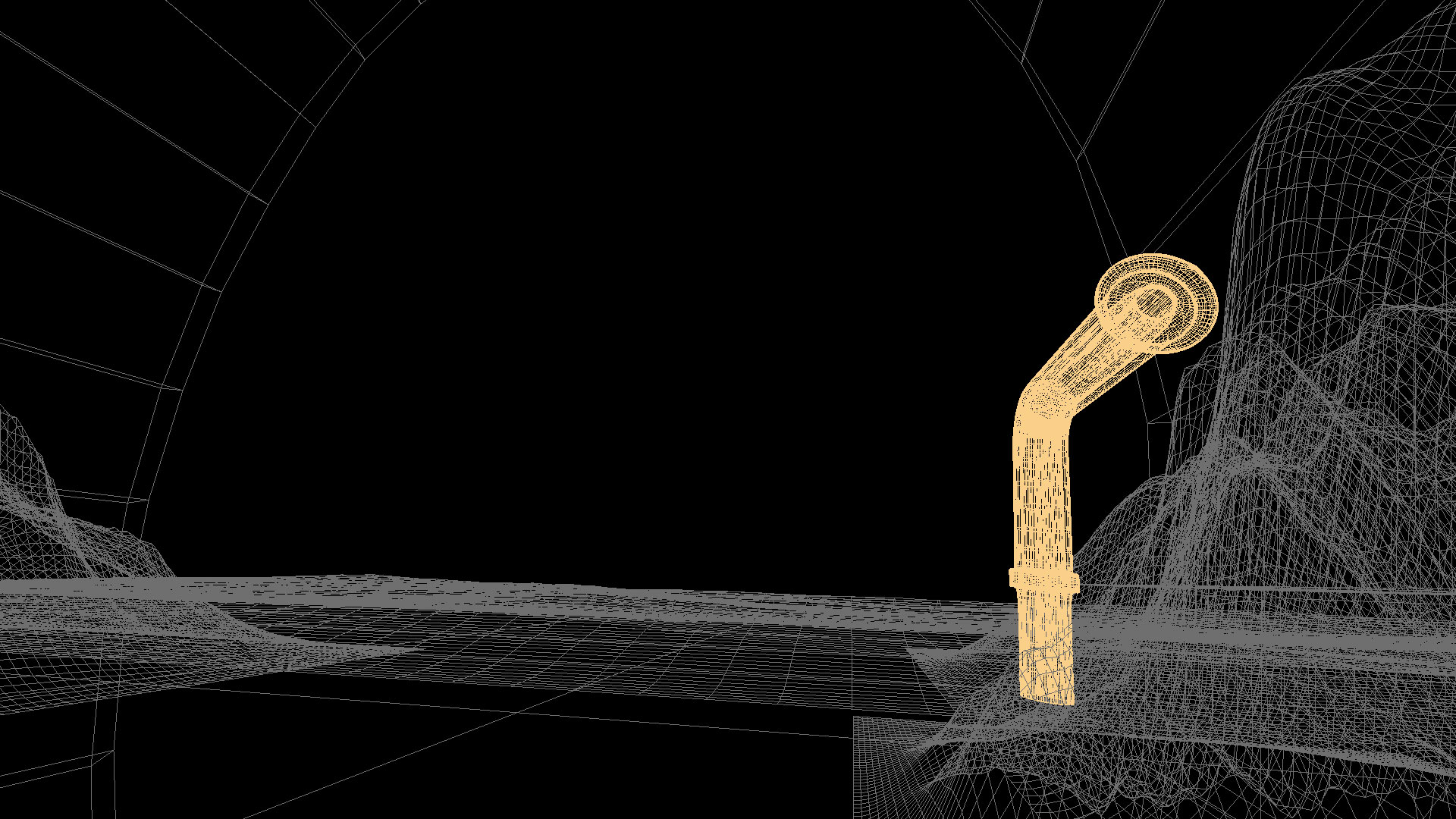
The initial building of the scene took the most time. Once I had the main animation work done it was very quick to adapt it for other needs. Two social posts and a livestream asset got the animation with the camera move you see above. Everywhere else that accepted animation, I removed my C4D assets and camera motion.
Web headers on guildwars2.com can handle animation. I would provide an mp4 file as well as a backup jpg. At the time, Facebook headers could also be animated. This project included many static assets as well as an email gif prompting people to watch a video.
This was a fun project that allowed me to experiment with some new techniques while still outputting a lot of assets for the final delivery.


